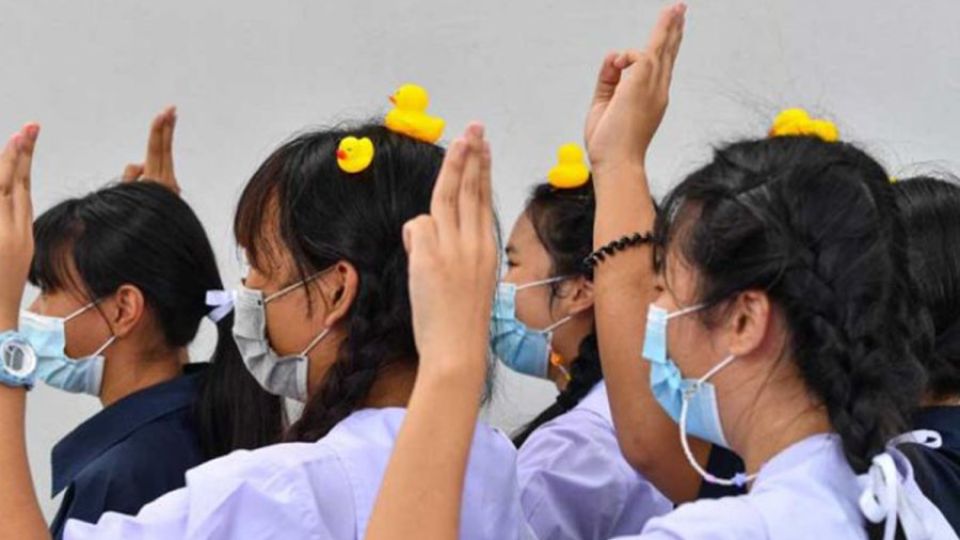August 15, 2023
PHNOM PENH – Many countries have witnessed riots, protests and various political movements, including the recent riots in France and the “Three Fingers Movement” in Thailand. Although the main causes of protests in the post epidemic era are still unemployment, declining incomes and dissatisfaction with the government, the noticeable activist age, political strategies and the use of social media have also become prominent features.
It is apparent that young people are the main driving force behind these events. The French riots spread among teenagers. Apart from minors, many rioters are older teenagers who communicate through messaging apps such as WhatsApp, Telegram and Snapchat, are well-organised, build barricades and usually work in groups.
Similarly, Thailand’s Three Fingers Movement was also a youth-majority movement, and greatly influenced the 2023 Thai elections. The remarkable and undeniable consequence was that the Move Forward Party, led by a young leader, received the most votes, mainly first-time voters who have just gained the right to vote, as well as their parents and friends.
The current protests and riots are notably gentle, as a large number of participants see political action as entertaining and playful rather than violent. Through this lens, the organisers of protests also intentionally create the illusion that participants are coming to a party, a reality game, so as to attract young, unsophisticated people to join them.
Demonstrations and riot leaders have developed hand gestures, songs and various symbols into their activities, together with invented “code words” to circumvent police supervision. These codes make the protests seem more effective, more harmless, and even playful.
To either inform or attract people, they are also skilled in taking advantage of communication technology. Internet awareness and Internet tools played a huge role in the riotous protests both in France and Thailand. The internetisation of political protests has become more commonplace, with internet tools such as Facebook, Twitter, YouTube, Telegram, among others, becoming the primary means of calling for protests and riots, to the point that almost all governments have coincidentally considered cutting off the internet in response to domestic unrest. Social media’s role is so considerable that the most sensitive content may be prohibited.
The internationalisation of social media, which has proven to be able to disseminate information much faster than newspapers, radio or television, has completely changed the way the younger generation receives, conceptualises and shares information, ultimately leading to their decision to go out into the streets and have their “parties”.
The characteristics of these cyber-activists is often a closed circle of friends formed by like-minded people; with resonance within a closed group who form common values around various events in society;. Groupmates have strong fidelity, bonding and loyalty to each other, and the frequency and depth of their communication even far exceeds that of their family members; mainstream media views of society are unable to penetrate into the closed group circle.
Although there is no evidence to prove the interplay between all these characteristics, it seems that protests has evolved in a new way. The age of protesters, their joyful tactics and technology are well intertwined. They pose a unique new challenge to governments across the globe, both online, and in real life.
>Sambath Kem, Royal University of Law and Economics.
The views expressed in this article are solely his own.


